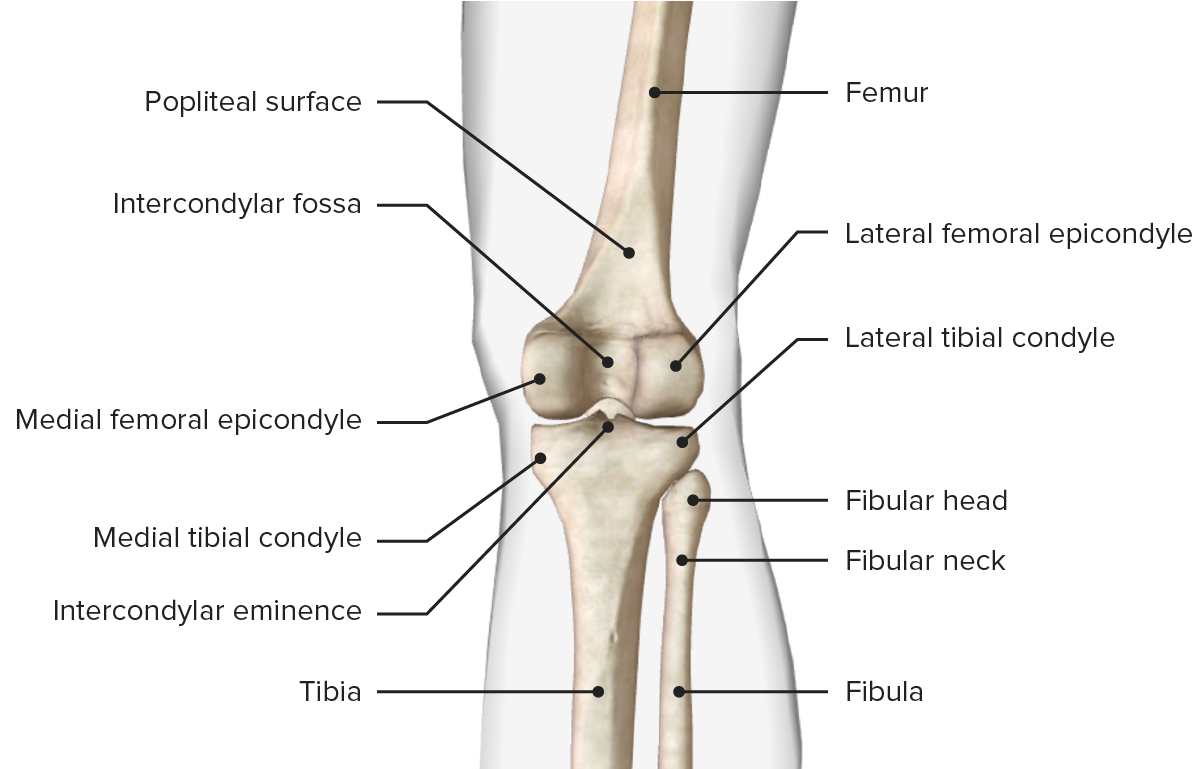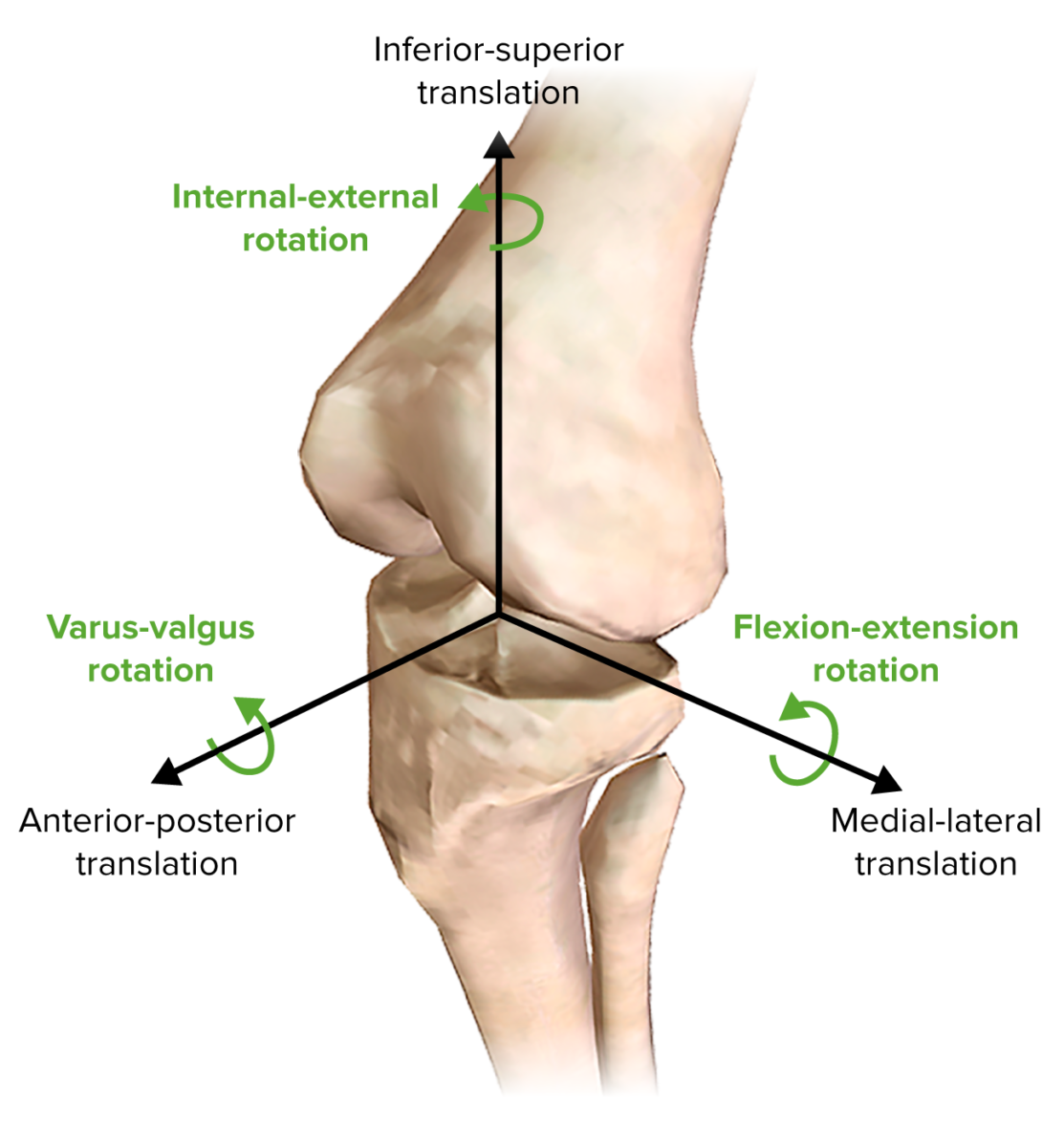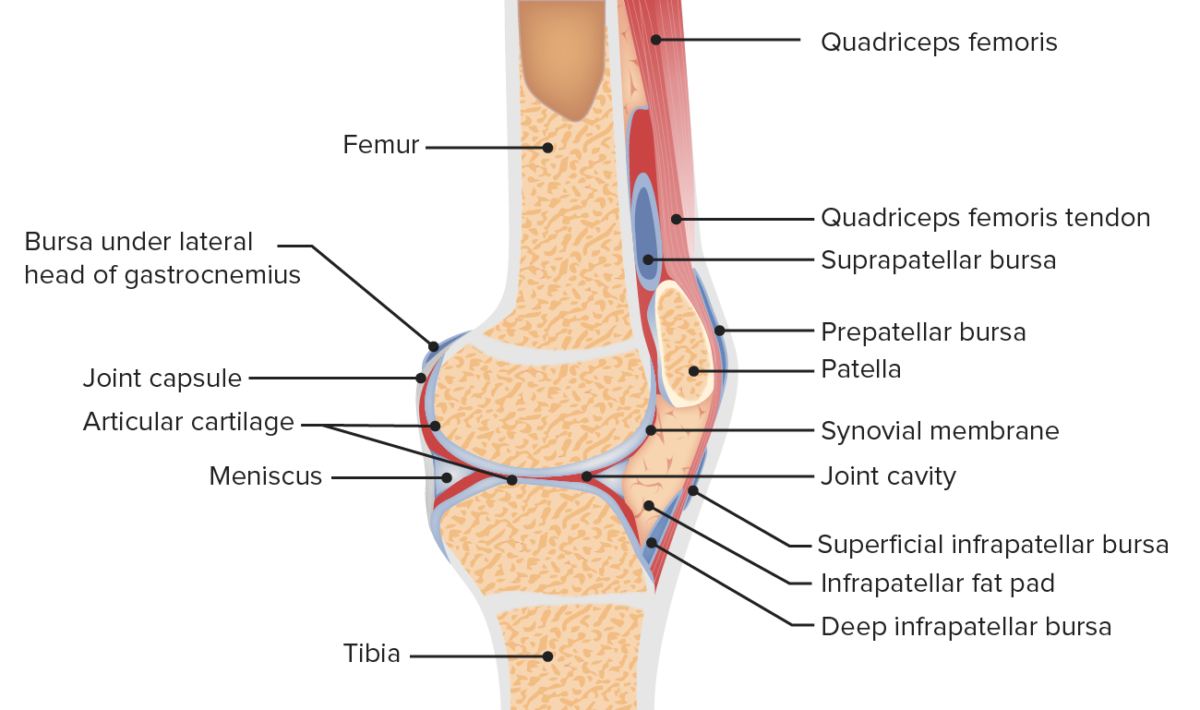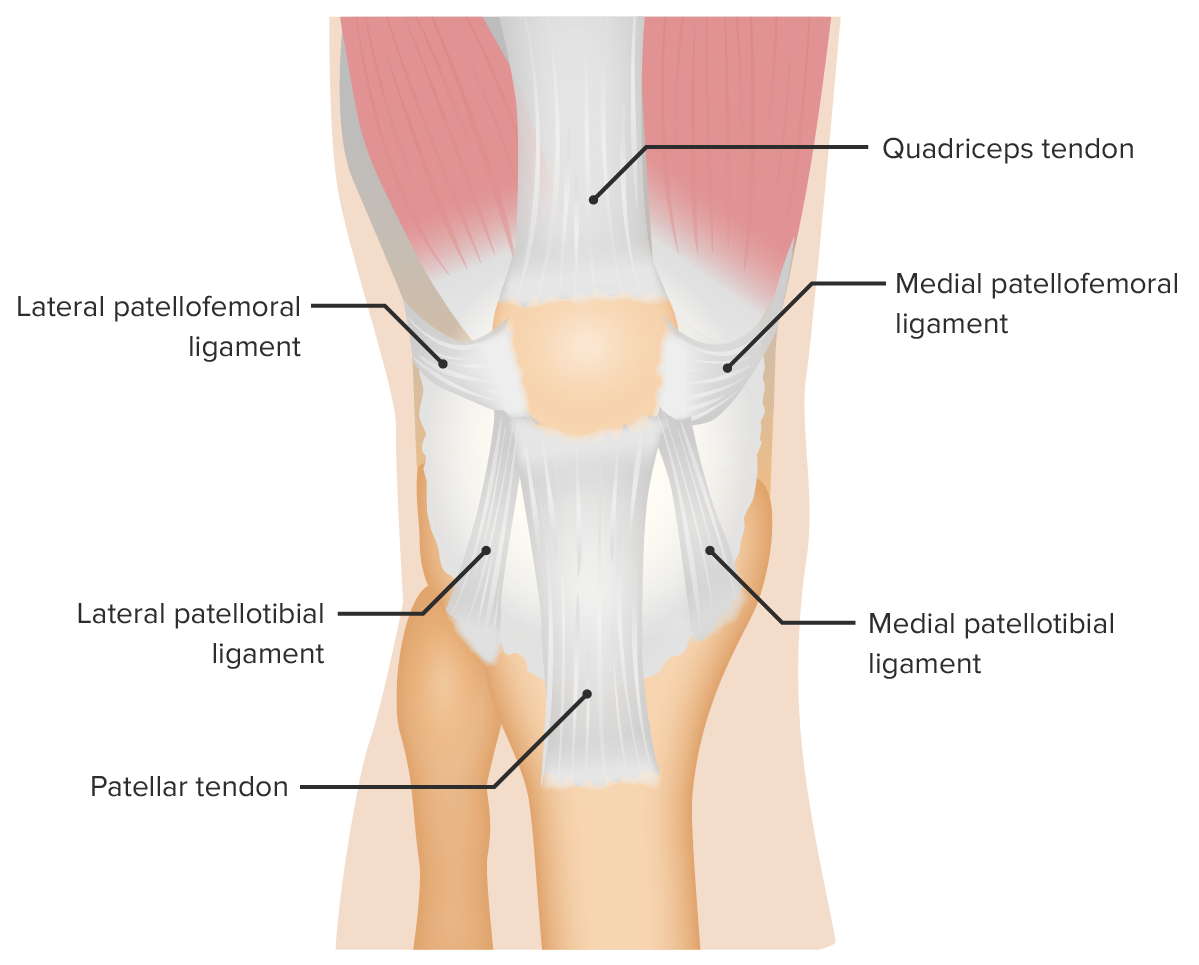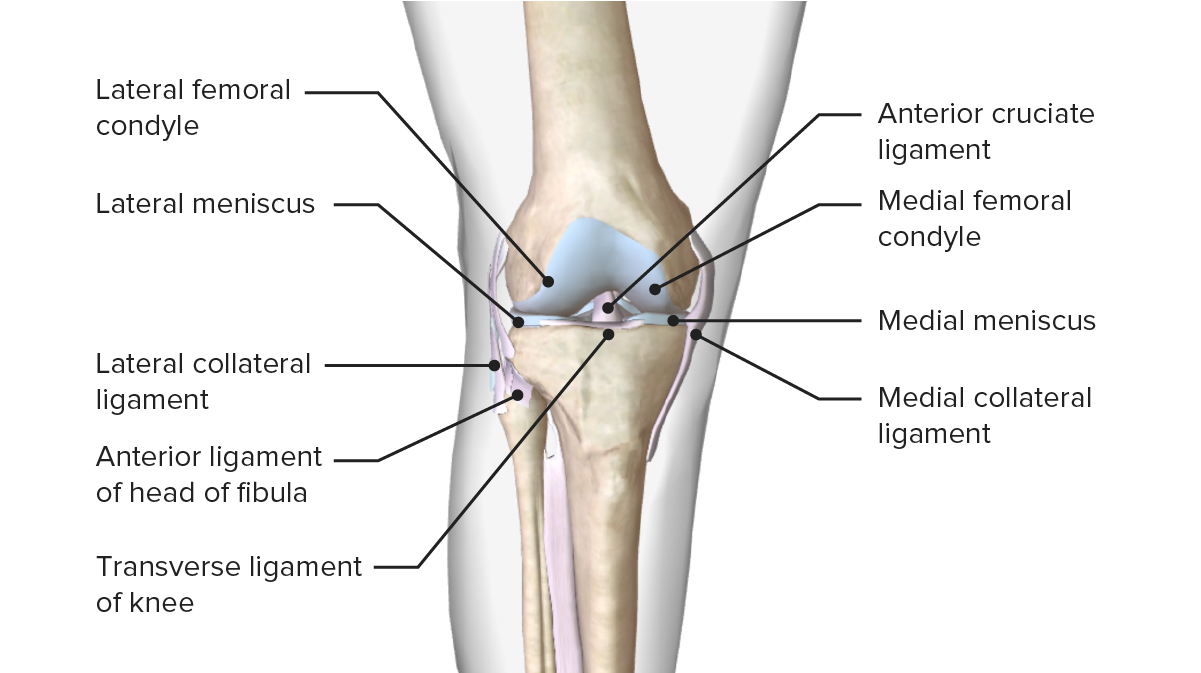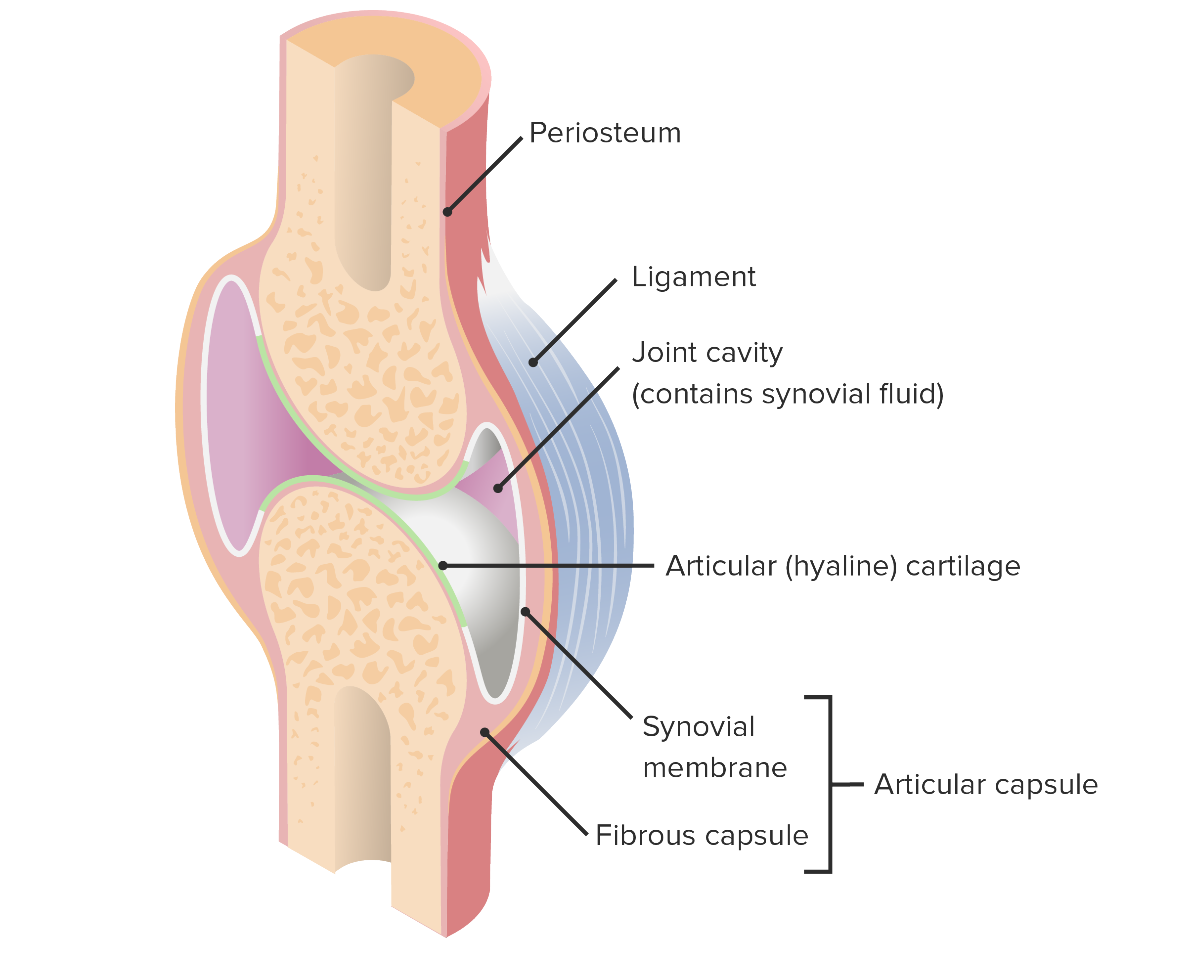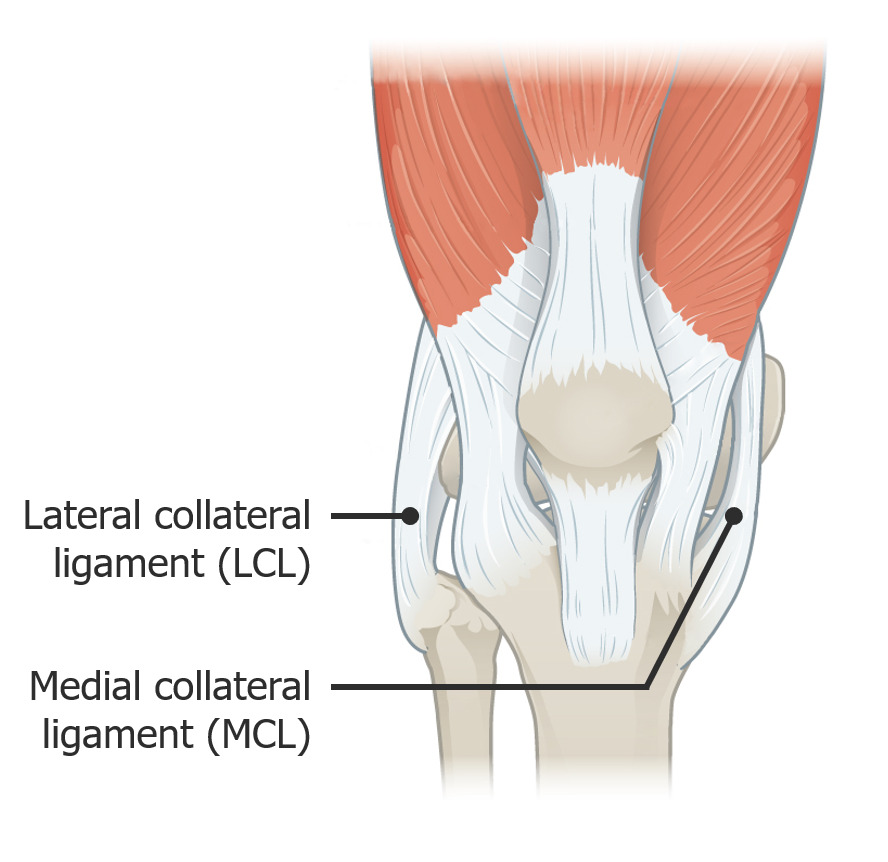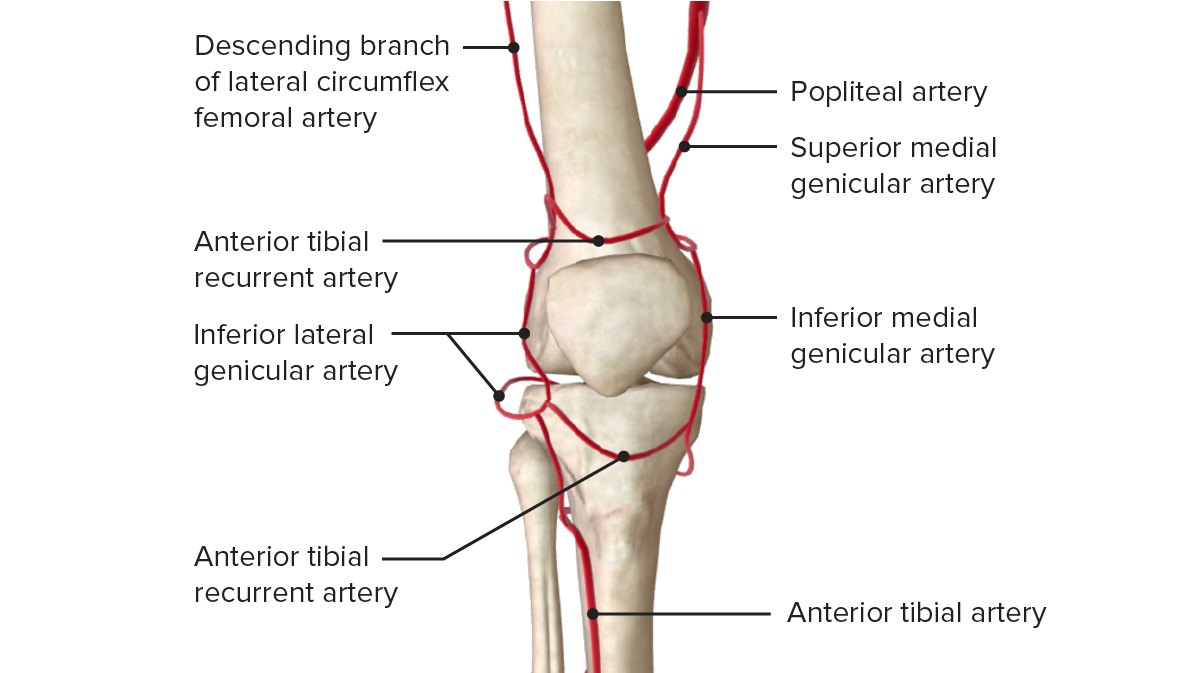Menu
Login
Continue
Start Now
Menu
Login
Continue
Start
Achieve Mastery of Medical Concepts
Study for medical school and boards with Lecturio
- USMLE Step 1
- USMLE Step 2
- COMLEX Level 1
- COMLEX Level 2
- ENARM
- NEET
Create your free account
Continue Learning

